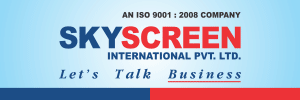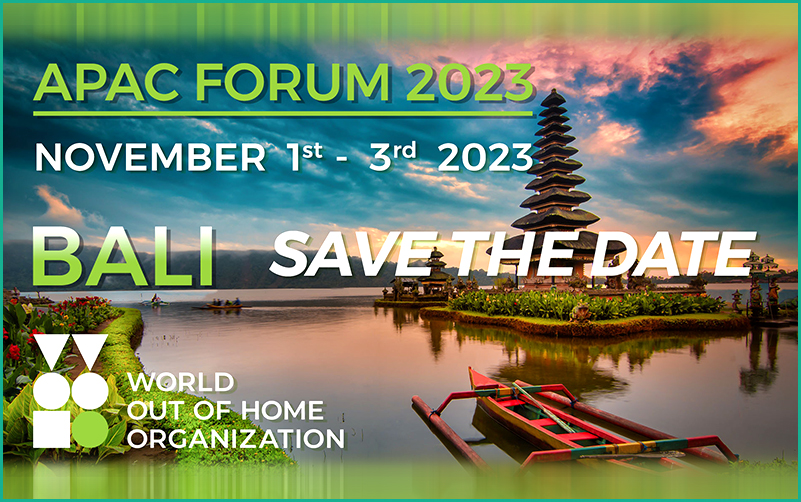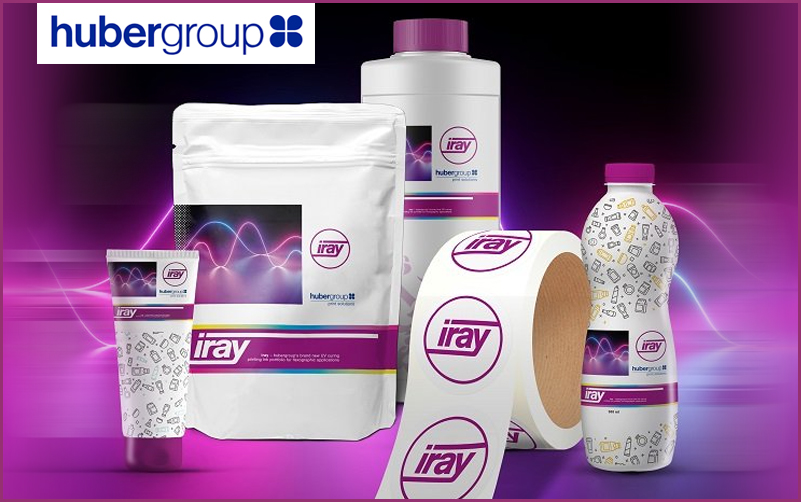
THIEME Digital Image Alignment eliminates need to manually or mechanically align print substrates
10 December 2020: Normally, before printing can begin, the substrate has to be carefully aligned on the printing table – by hand or using a mechanical feeding system. THIEME Digital Image Alignment will eliminate that step entirely. This unrivaled system recognizes the substrate’s positioning from its contours and other features in an initial scan and automatically aligns the print layout so that the Thieme digital printer can print it in perfect register.
“Automatic alignment takes only two to three seconds. It’s particularly helpful when substrate sizes and geometries change frequently,” explained Michael Sester, Head of Control Development Printing Systems at Thieme. “The resulting work process is faster, leaner and eliminates the risk of user error when manually aligning the workpiece.” Repeated automatic alignment is accurate to within ± 0.1 mm.
One-time teach-in per product
The contours and/or an angle-indicating feature of the reproduced image has to be learned in a one-time teach-in process. “When changing products, a trained operator will need no more than one extra minute per image to set up the digital alignment,” stressed Sester. “The rest of the printing process is fully automated.”
Once the teach-in ends, the actual production process can begin. When the substrate is loaded and an object with the learned contours is identified on the printing table, the software aligns the assigned layout with the object in perfect register. A new print file is automatically generated containing information on the object’s positioning along with the layout placed on top of it. A raster image is then produced, and the machine immediately starts printing.
Aligned with edges or other features
There are essentially no limits to substrate shape or material. As soon as a substrate arrives on the printing table, it is scanned for edges and contours. Other features may be used to identify the positions of substrates that are hard to align mechanically: coins, flat injection-molded parts with irregular contours or asymmetrically shaped panes of glass. For round substrates, the contour has to be supplemented with an eccentric feature in order to clearly determine the angular position.
Different substrates can also be automatically printed in parallel as long as they have been taught in. In other words, substrates with different geometries and features can all be loaded on the printing table and printed in a single print cycle. The system will flag non-taught-in substrates as defective and refuse to print them, preventing misprints caused by loading incorrect parts.
“Our new alignment system is a real revolution for the printing market,” stressed Sester. “We expect it will establish itself quickly if only due to the time saved from eliminating one step.” THIEME Digital Image Alignment is now available for all Thieme digital printing solutions, which includes various combinations of inks and printheads.
www.thieme-products.com






